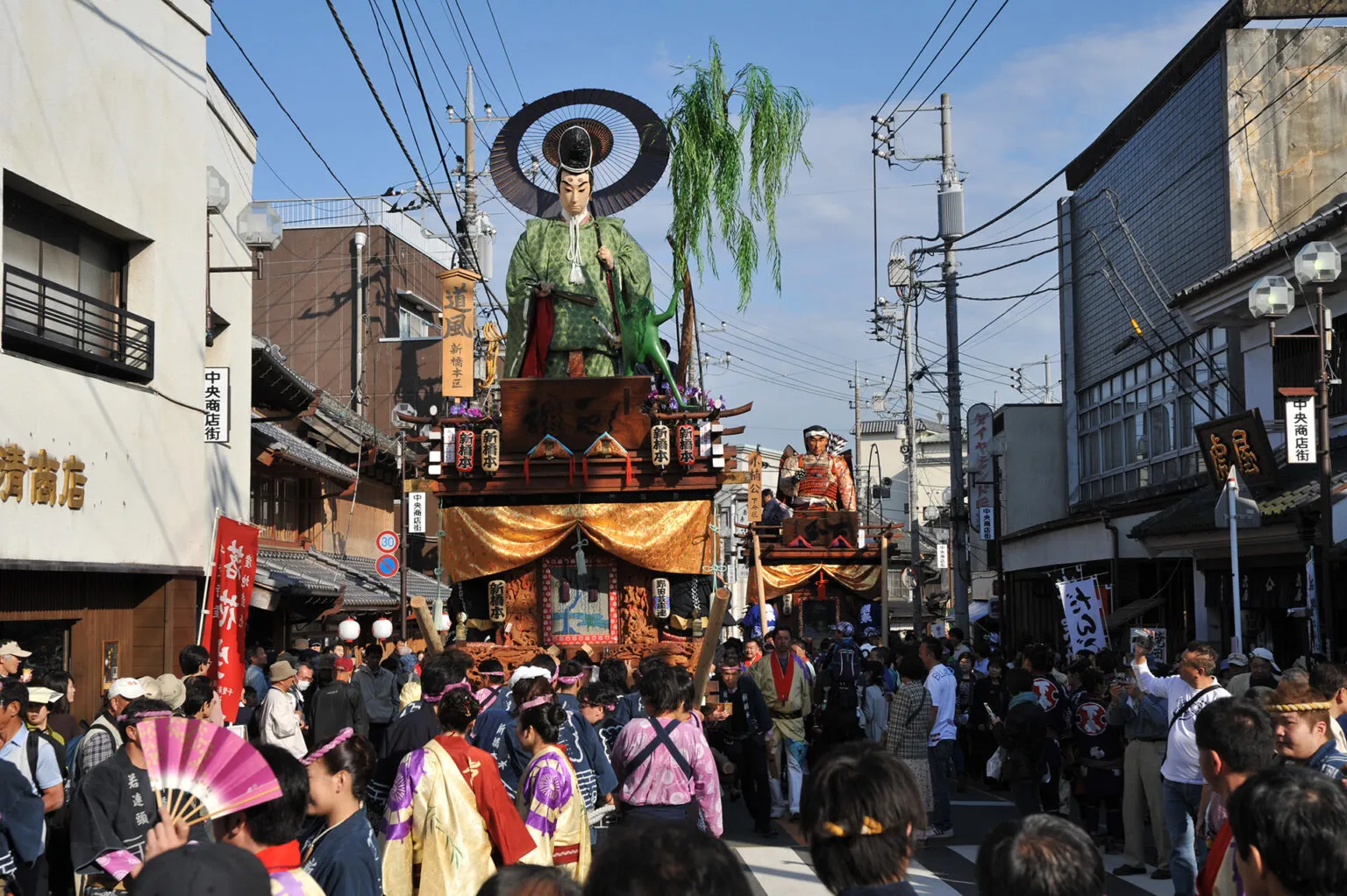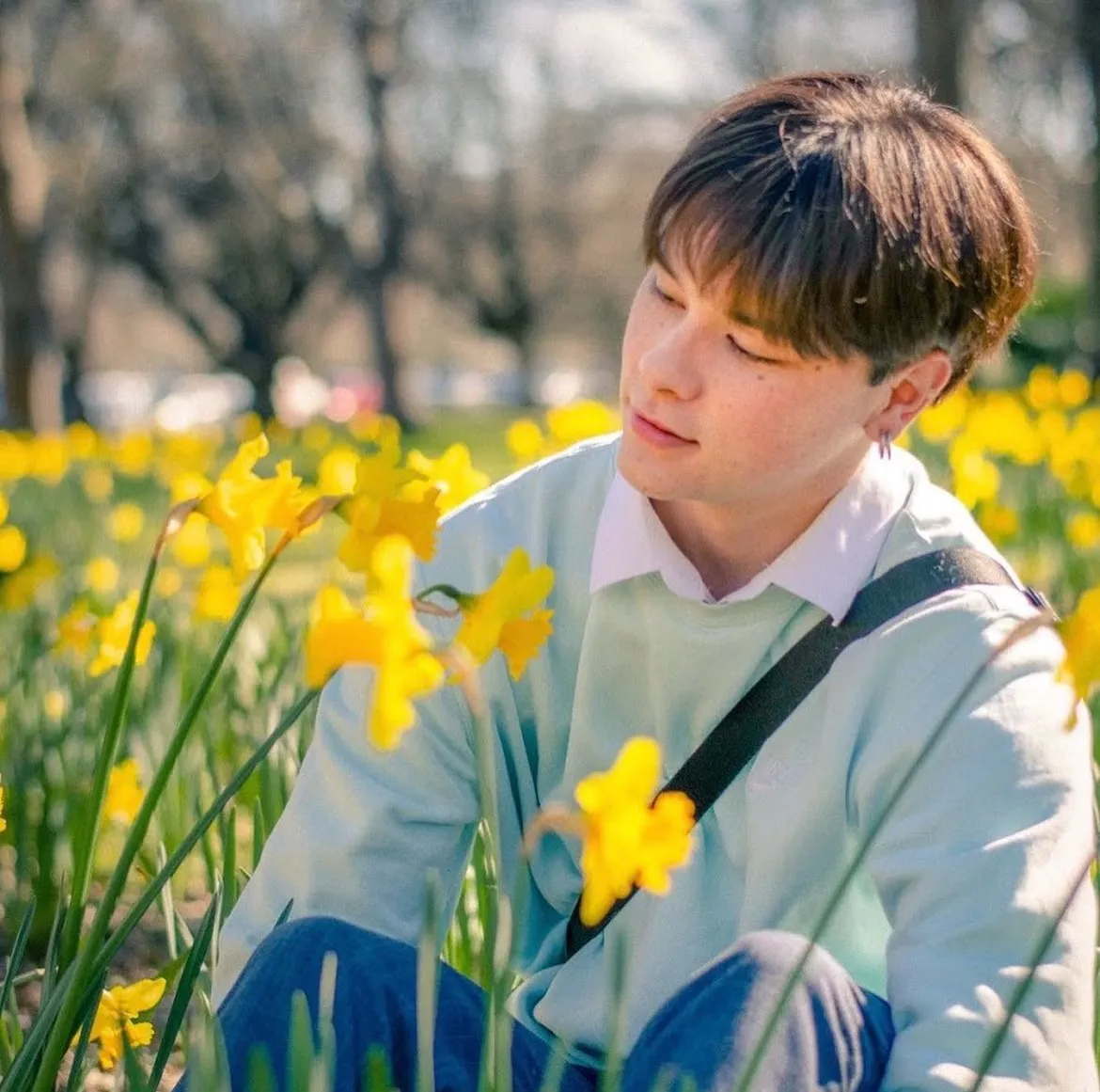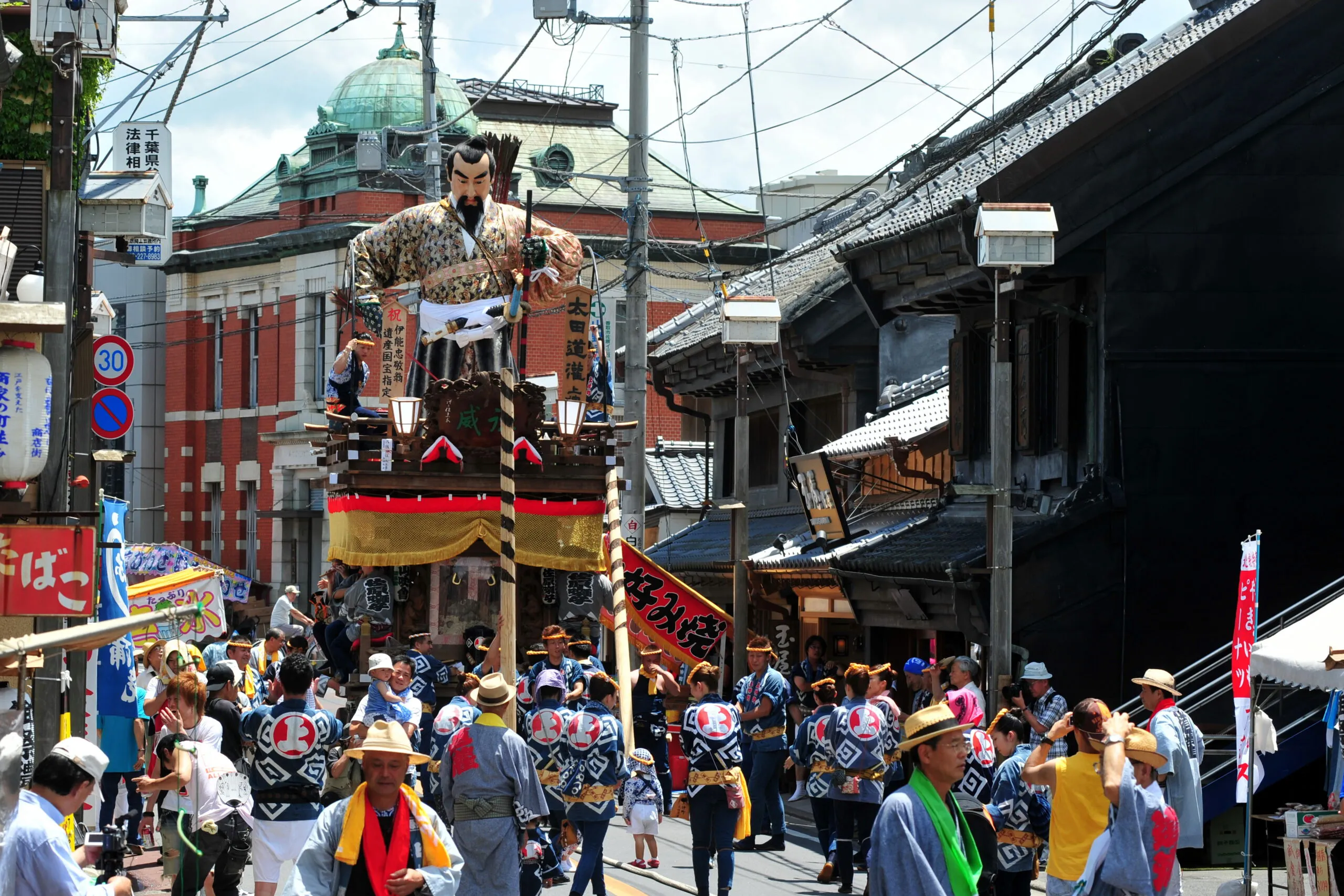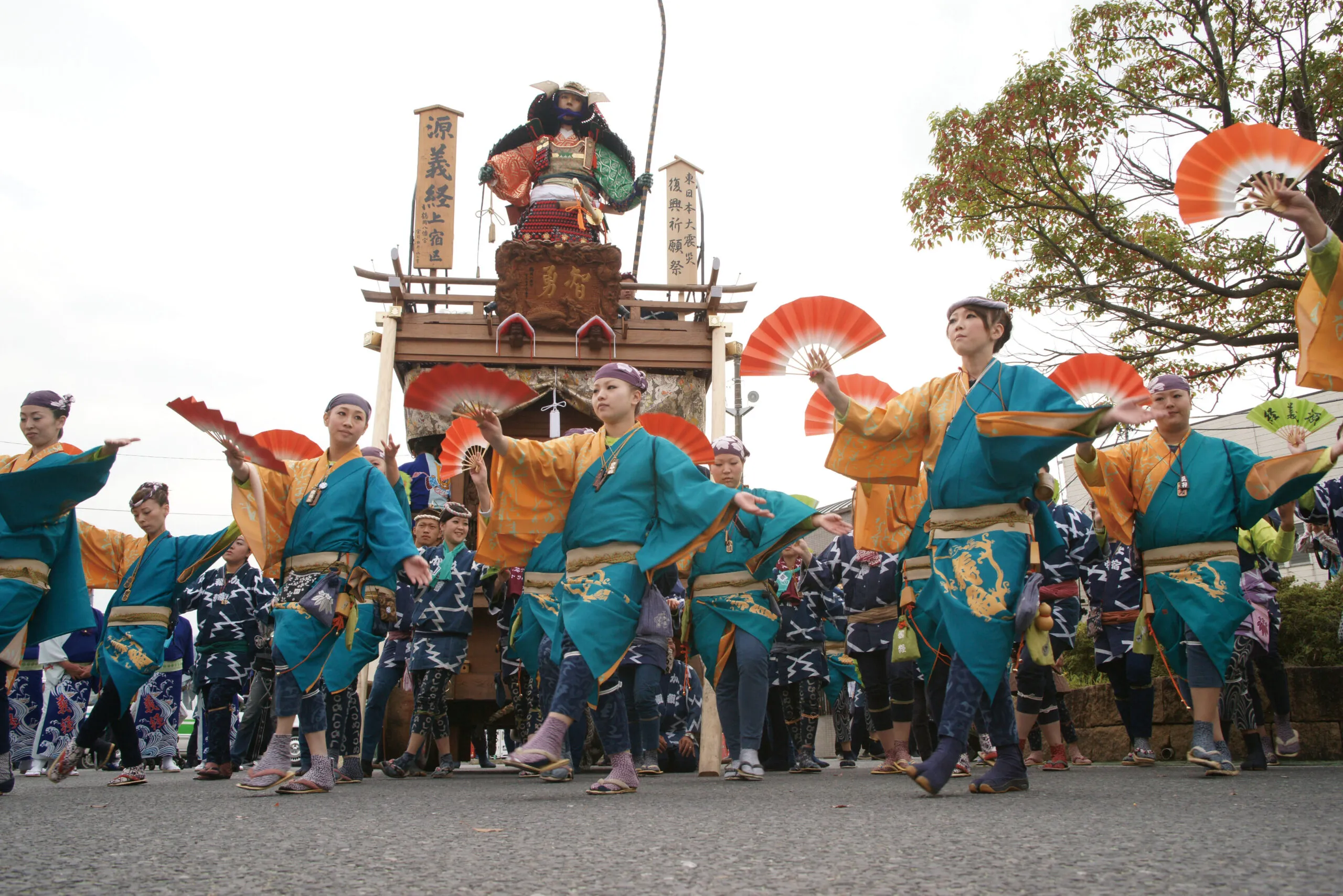
Things to Do | Visit Chiba | Latest update:2025/02/25

Sam Takuya Hanada
Born and raised in Christchurch New Zealand to a Kiwi mum and Japanese dad, I’ve always felt a strong connection to my Japanese roots which is what led me back to Japan in the summer of 2022. In university, a majority of my Japanese friends were from Chiba so it feels great to be living near them now. Currently, I’m living in Katori city, working as a Coordinator for international relations as well as focusing on city promotion, doing my best to showcase the beauty of Chiba’s countryside through social media. Having a major sweet tooth I enjoy going to local cafes and trying out seasonal goods. I also like various types of music and played cello for 5 years during school. In my spare time I like going on long walks and drives to explore different parts of my city.
Contents
About the Semi-annual CelebrationsAdmiring the Beautifully Crafted FloatsMusic and Dance Create a Festive AtmosphereA Parading Spectacle in the StreetsSee the Floats on Display Year-roundSawara has been given the name “Edo-Masari” meaning superior to Edo, the former name of Tokyo. The locals describe Sawara as a place that lives for festivals, preparing for different ones year-round. The town once thrived as the “kitchen of Edo” and was a leading port for trade along the Tone River during the Edo period. This allowed the merchants of Sawara to splurge on extravagant festivals as a way to show appreciation for the working people, thus Sawara’s grand festival began. Sawara at one point became so prosperous, that there is even an old poem that reads, “Come see Sawara if you want to see Edo, as it is far better than Edo.”
Sawara’s Grand Festival consists of 3 days during summer and 3 days during autumn. It has been designated as an Important Intangible Folk Cultural Property by UNESCO and is considered one of the greatest float festivals in the Kanto region. The highlight of Sawara’s Grand Festival is the nearly 5-meter-tall floats which carry eye-catching dolls of a similar height.
During the Summer Festival, also known as the Gion-matsuri, a total of 10 floats are pulled around Honjuku, Sawara’s eastern district. The Summer Festival was initially celebrated to appease Gozu Tennō the deity of epidemics who was enshrined at Yasaka Shrine (originally Gion Shrine) however, Susanoo-no-Mikoto is now the enshrined deity after the shrine was renamed in 1868.


In contrast, the autumn festival worships the Suwa Shrine and 14 floats are pulled around the western district of Sawara also known as Shinjuku. Suwa Shrine is said to enshrine Takeminakata-no-Mikoto, the god of agriculture and the Autumn Festival is celebrated as thanks for a good harvest.


The dolls which rest atop these floats represent famous figures in Japanese history and mythology. Some of these figures include former emperors, warlords, and deities like Futsunushi-no-Mikoto, who is enshrined at Sawara’s Katori Jingu Shrine. Others include characters from classic Japanese tales like Urashima Tarō, and literary icons such as Ono-no-Tōfū, whose stories have been reinterpreted in a multitude of countries. With spectacular craftsmanship and realistic features, these dolls will leave you in awe.
Sawara’s floats are lined with wooden carvings which depict scenes from Japanese narratives as well as wild animals like birds, lions, dragons and hawks. These scenes have been carved from single pieces of Japanese zelkova by skilled craftsmen whose work can no longer be replicated by hand.

People of all ages take part in pulling these floats throughout the town. From young to old you can feel the pride and love that the people of Sawara have for the festivals. Pregnant mothers will even attend the festival so their unborn children can become accustomed to the sounds of Sawara-bayashi (one of the three greatest festival musical performances in all of Japan).

Sawara-bayashi has been designated as a nationally Important Intangible Folk-Cultural Property. Depending on each float and neighbourhood, the pace and melody of the music will change. To accompany the Sawara-bayashi, people dance Te-odori, a traditional form of dance incorporating delicate movements which makes for a unique performance.
The floats are usually pulled around their districts freely throughout the festival period, however, there are a series of different movements which are performed. Most notably the No-No-Ji-Mawashi, where the float is spun around to resemble the Japanese character (の). This requires immense strength and concentration so as not to stray from the axis. Another memorable part of the festival is when all the floats line up in a vertical line called Bangumi and each performs Sangiri (a melody which is played at the very beginning and very end of the festival). Following this, at night the floats are decorated with lanterns and parade down the Ono River, creating a picturesque scene which reflects on the water.
Sawara’s Grand Festival is held twice a year, in early July and October and is an unforgettable experience. To read more about my experience taking part in the festival, which included pushing and pulling the floats through the town, please check out the following link:

Although the Sawara Grand Festival can only be witnessed for a total of 6 days during the year, the Suigo Sawara Float Museum has two floats, a theatre room and various displays which allow you to fully experience the Edo-masari spirit all year round.
3368 Sawara-I, Katori City (within the precincts of Yasaka Shrine)
(About 15 minutes on foot from JR Sawara Station)
+81-478-52-4104
Accessibility